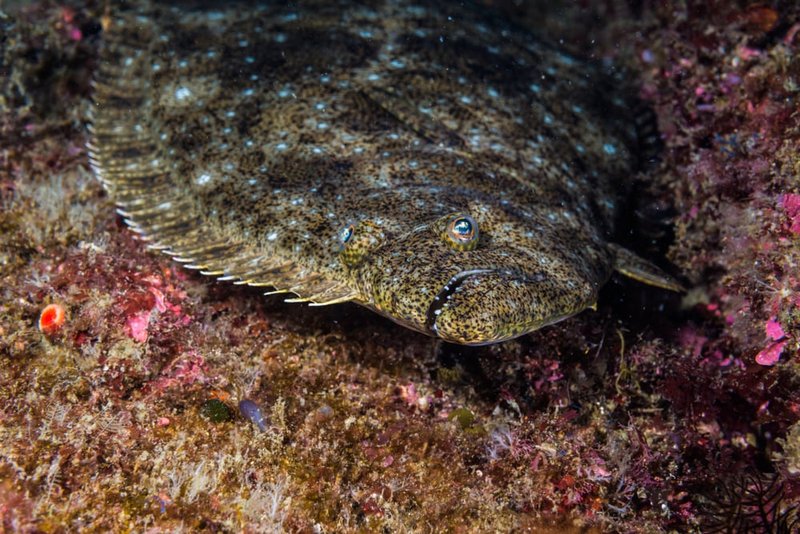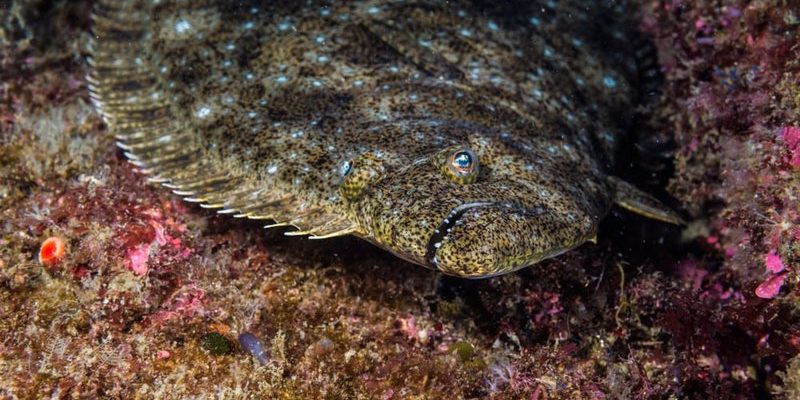
Just like every superhero has a villain, halibut have their own set of challenges to overcome. These challenges can come from nature itself, human activity, and various environmental factors. Let’s dive into the common threats to halibut in their natural habitat and understand why they matter not just for the fish, but for all of us who appreciate the ocean’s bounty.
Overfishing: The Biggest Threat
Overfishing is one of the most significant dangers facing halibut today. Imagine trying to plant a garden but taking more fruits and vegetables than the seeds you sowed. That’s precisely what happens when too many halibut are caught without giving their populations a chance to recover.
Since halibut grow slowly and take time to reach maturity, fishing too aggressively can deplete their numbers faster than they can rebound. In some areas, strict regulations are put in place, like size limits and catch quotas, to ensure sustainability. These measures help maintain a balance, but they need to be followed closely by both commercial and recreational fishermen.
The impact of overfishing isn’t just about the fish; it disrupts the entire marine ecosystem. When halibut populations dwindle, it affects other species that rely on them as prey or compete for similar resources, creating a domino effect in the food web.
Climate Change: Warming Waters
Climate change is another critical threat to halibut in the wild, and it’s a problem that affects many species globally. As ocean temperatures rise, the habitats where halibut thrive are changing. Picture a hot summer day when you seek shade, just as halibut prefer cooler waters.
Halibut typically live in deep, cold waters, but as the sea warms, they may have to swim deeper or migrate to other areas to find suitable conditions. This can lead to their nutritional sources being disrupted and affect their breeding patterns.
Moreover, changing ocean temperatures can lead to shifts in the distribution of prey species like smaller fish and crustaceans that halibut eat. If their food supply diminishes, halibut will struggle to survive, not to mention how this could impact commercial fishing, which many communities depend on.
Pollution: A Silent Killer
Pollution poses a significant risk to halibut, particularly from chemicals and plastics that seep into the oceans. Picture a serene beach picnic, then think about how trash, oil spills, and toxic chemicals can quickly ruin that picture.
When pollutants enter the water, they can accumulate in the tissues of fish like halibut. This not only affects their health but can also make them dangerous to eat for humans. Contaminants like heavy metals and pesticides can lead to reproductive issues in fish, meaning fewer halibut in the future.
As plastic waste continues to be a severe problem, halibut can mistakenly ingest these materials. This not only harms them directly but can also cause digestive issues or death. Addressing pollution requires collective efforts—from individuals to governments—to keep our oceans clean.
Habitat Destruction: A Changing Landscape
Just as we need a home to thrive, halibut rely on healthy habitats to survive and breed. Unfortunately, habitat destruction is another pressing issue. Activities like bottom trawling—where heavy nets are dragged along the ocean floor—can obliterate the environments where halibut live.
This method of fishing can destroy essential underwater structures, such as reefs and sea grass beds, which provide shelter and breeding grounds. When these habitats are damaged, halibut have fewer places to hide from predators and find food, making survival even trickier.
Additionally, coastal development and pollution can further degrade the quality of these environments. Protecting these habitats is crucial for ensuring that halibut populations can continue to thrive, and it requires a concerted effort from marine conservation groups and local communities.
Bycatch: Unintentional Harm
You might not think much about bycatch, but it’s a serious concern. Bycatch refers to the species that are accidentally caught while fishing for others. Imagine being invited to a party where you didn’t really want to go, but you ended up getting thrown into the mix anyway!
In the halibut fishery, other species like sharks, sea turtles, and various fish can be caught unintentionally. Not only does this harm these other species, but it can also decrease halibut populations over time if the fishing practices aren’t regulated properly.
Efforts like more selective fishing gear and techniques are being developed to reduce bycatch. These changes are essential, as they not only protect halibut but also the broader marine ecosystem that is so vital to our planet.
Understanding the common threats to halibut in the wild is crucial for everyone, whether you’re a dedicated seafood lover or just someone who appreciates a healthy ocean. Each issue, from overfishing to pollution, requires our attention and action.
The fate of halibut isn’t just their own; it reflects the health of our oceans and the balance of life within them. By staying informed, supporting sustainable fishing practices, and advocating for clean oceans, we can play a part in ensuring that halibut and many other marine species continue to thrive for generations to come. After all, a healthy ocean isn’t just good for fish; it’s good for all of us.

